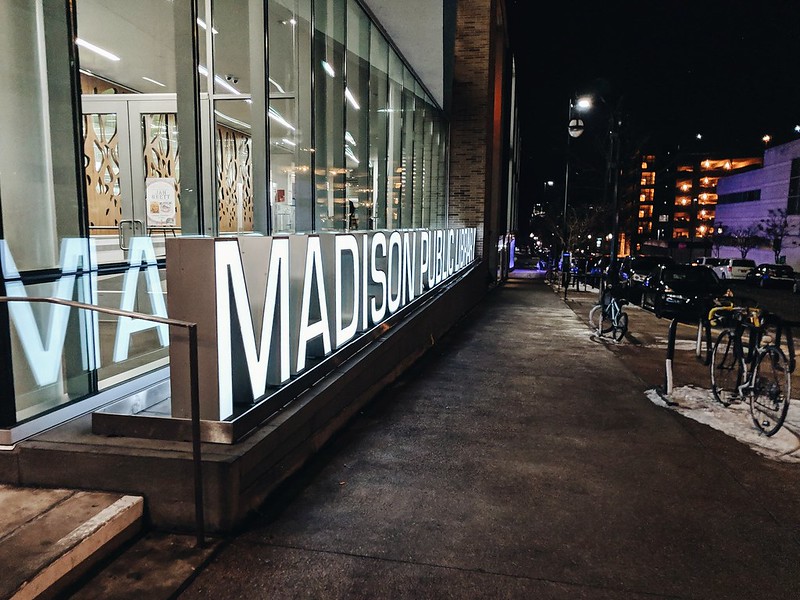
Libraries have existed nearly as long as there have been books, mostly as places of learning for the elite. The Great Library of Alexandria in Egypt was founded by Ptolemy in about 295 B.C. and is said to have contained 400,000 manuscripts. Scholars in the ancient world spoke of it with awe.
But public libraries that are open for any resident’s use, lend books and other materials without charge, and are supported by taxes—this is a relatively new idea and, more or less, an American one. Yes, there were antecedents. In the early and mid-1800s many cities and towns had libraries for some residents but not others (those who could pay an annual fee, for example, or were members of a religious institution). There were a few libraries founded and supported through acts of philanthropy that were open to most. (The New York Public Library traces its beginnings to several large bequests of books and money.)
But the first to put together all three elements—open to all, free to use, and supported by taxes—was the Peterborough, New Hampshire Town Library in 1833. Twenty years later, the Boston Public Library was founded on similar principles.
But even with these early examples, the idea of tax-supported public libraries spread slowly, tied to a growing belief in the value of public schools (which were also based on three beliefs: free for students, compulsory for children until adolescence, and supported by taxes). In the case of libraries, the aim was wider: not just educating children but adults as well. If a grownup needed to learn bookkeeping and could not afford college, how could he learn—except through books from the library?
And one grownup became a central figure in the development of America’s public libraries: industrialist Andrew Carnegie. As a poor boy in Pittsburgh, Carnegie had borrowed books from that city’s public library and never forgot the experience. After making a fortune in the steel industry, Carnegie made a breathtaking offer to America’s communities. He would make a grant to build an attractive and functional public library if communities donated the land and agreed to levy a library tax that could bring in the equivalent of 10 percent of the building’s cost every year.
From 1883 to 1929, nearly 1,700 communities agreed to these terms, and “Carnegie libraries” sprang up across the country. By 1930, about half of all public libraries were Carnegie libraries.
There were other forces behind the rapid rise of public libraries. The temperance movement (the social and political movement behind Prohibition) promoted libraries as an alternative to saloons for men. As leisure time grew, so did recreational reading as women’s literary circles and men’s reading clubs took off. In 1926, the Book of the Month Club was founded and people were suddenly talking about “bestsellers.” This made reading and libraries fashionable. Finally, colleges—beginning with Columbia University in 1887—started training librarians. So there were trained professionals to run all those Carnegie libraries.
Today there are more than 16,500 central and neighborhood public libraries in America, not counting academic libraries or special libraries (such as law libraries). The nature of libraries is changing. They are less likely to be just circulators of books, more likely also to be technology hubs, adult-education sites, quiet places for children to study after school, research facilities, and community meeting locations. There are more than 171 million registered library users (that is, people with library cards), which is about half the number of people living in areas served by public libraries. Collectively they visited a library 1.35 billion times in 2016.
This makes visiting the library twice as popular as going to a movie theater or a sporting event. And it translates into political popularity, even among the half who don’t have library cards. In 2019, 90 percent of the referendums on public libraries were successful, according to American Libraries magazine.
So, if you have ever studied at a public library, attended a meeting there, taken a child to a story hour, or checked out a book from a library, you can thank government for the public library in your community.
More information:
https://en.wikipedia.org/wiki/Public_libraries_in_North_America
https://scholarcommons.scu.edu/cgi/viewcontent.cgi?article=1039&context=econ
Give the credit to: local governments 80%, foundations 20%
Photo by Kayla Nicole licensed under Creative Commons.
Leave a Reply